When it comes to the psychology of horror, creating fear is all about the art of disruption and challenging our sense of normalcy.
Normalcy. We, as creatures of habit, depend on normalcy.
People enjoy their routines, and diverting from them can cause tension. We create a little barrier for our everyday lives, a small little shield that is held up by the constancy of four things that I refer to as the four “L’s” of constancy: lifestyle, loved ones, location, and the law of the land.
As people and characters in our own stories, we are naturally in a state of complacency… until our sense of safety in the four “L’s” is disrupted, and we are forced to act or to be acted upon.
When our sense of safety in any of the categories falls, we are left terrified like the characters in the movies.
The First L: Lifestyle
This is the first and most primitive form of safety we can feel as human beings. Not only does this category include a protagonist’s life and livelihood, but it also includes their mental and emotional well-being as well as any routines or schedules that they find comfort in. Threats to this category are threats to a character’s everyday life.
Often, I like to imagine the characters wondering to themselves, “What will tomorrow look like?” A character threatened with termination from their job would look at the prospect of waking up the next day unemployed with fear as it ruins their routine and financial means for their lifestyle.
In the movie Scream, the obvious threat of a masked murderer would make waking up tomorrow quite impossible for Sidney Prescot, giving way to obvious motivations for self-preservation. There are, however, more subtle disruptions to poor Sidney’s life.
Ever since her controversial testimony in her mother’s murder trial, she has been the center of a media frenzy embodied by the reporter Gale Weathers, refusing to allow her life to settle back after the traumatic loss that subtlety points toward a possible motive with our killer.
The Second L: Loved Ones
At first look, this one may seem self-explanatory, but it is surprisingly complex.
This category includes all of our character’s relationships that he has facilitated in his or her normal lifestyle, including but not limited to family members, friends, acquaintances, co-workers (not including authority figures like supervisors, which will be talked about later), neighbors, or anybody else that is on relatively equal footing with our character.
Another equally important part of this category is all of the negative relationships that our character has as well. Both the character’s relationships with these side characters and their well-being can be sources of tension for our protagonist.
Slasher movies with high body counts, such as Friday the 13th, are great examples of disruption among loved ones for both the camp counselors and our axe-wielding murderer. Although the teenagers are slaughtered one by one, the chaos doesn’t completely ensue until the first body is discovered, creating tension and worry for our character about their own safety as well as the friends that came with them.
When Mrs. Vorhees loses her son, her own state of normalcy is destroyed, and she is sent spiraling into a blood-thirsty rampage where she disrupts the normalcy of others in the name of justice.
The Third L: Location
Location is very important. This is a place where this character feels safe and comfortable, such as their home. These are places that facilitate the lifestyle and relationships with the loved ones of our characters.
To our audience, these places are mundane, but to our character, they are most sacred.
There is a reason that many horror stories take place away from home. When our characters are out of their element, their safety is almost immediately stripped away. This type of safety is slightly different from the others as the location itself isn’t as important as the simple idea of safety within a particular location.
I will use the previous example of Friday the 13th. Our characters don’t need to be in a familiar place to feel normal because traveling itself is a normal occurrence, but finding a body is certainly not. The minute a body turns up, the specific location’s safety is compromised, and the entire net collapses in on itself.
A character may have been wary of traveling to the location of previous bloodshed, but they find comfort in overconfident friends until the masked man appears.
Let’s also take the classic story of When a Stranger Calls for a story that doesn’t necessarily take place in any haunted or damnable location. Our babysitter’s state of normalcy depends on the house being empty, with the exception of the children upstairs. That state is destroyed when it is revealed that the person who keeps harassing her over the telephone is, in fact, in the house with her.
An effective horror writer can turn sacred places for our characters into hellish prisons full of danger at every turn, just as terrifying as Camp Crystal Lake, if not more so. While the location of any story is important, the false idea of safety in the location at the beginning of the story is crucial.
The Final L: Law of the Land
When we talk about the laws of the land, we are referring to much more than simply political institutions or governmental forces; we are referring to the power structures that enable our character’s lifestyle, relationships with loved ones, and comfortable locations.
Things such as the policies enforced by a supervisor at work or by religious leaders create a sense of safety for our character. Even things such as parent-child relationships instill a similar feeling of structure necessary for the complacency our characters are meant to feel at the beginning of the story.
In addition to established structures, I also believe that familiar racial or gender structures can also be included within this category along with other more society-wide practices such as class or economic status.
This category is really about our character and their connection or position within society; threats to our characters can be as large as a national collapse or as small as simply having an irritating coworker being promoted to manager.
When I think of fear generated by a lawless society, my initial instinct is to turn to The Purge, where all crimes are legal for one night a year. This movie is an excellent example of this principle. When laws no longer protect us, our lives, our loved ones and relationships, and our places of refuge are put at risk.
This idea of safety in societal law is more about the complete dissolution of such systems. The Law doesn’t need to fall apart to fail us.
Invasion of the Body Snatchers is a perfect example of this when alien plant clones replace everyday people in the community. Suddenly, our surviving characters have been turned into wanted fugitives by the very institution that is supposed to protect them. It’s not the system itself that needs to be upheld for normalcy to reign but a belief in the system.
Put it All Together
A strange man follows Laurie Strode, making her question her own personal safety as well as the safety of the neighborhood that she so casually strolls. She brushes off this first encounter and continues on with her day. After a night of babysitting and strange phone calls from her friends, she is confronted with the image of her dead friends next door and the horrifying image of a masked serial killer.
She is not safe, her friends are not safe, the home that she resides in is no longer safe, and the police who are supposed to protect her are nowhere to be found. She is not safe and has crossed the threshold of innocence. She can never go back to the life she lived just hours before.
From the unassuming premise at the start of our horror experience, the ordinary way our characters see the world is twisted and distorted into something uncomfortable, disgusting, and hopefully frightening.
Simply put, horror is nothing more than turning our character’s natural into the unnatural and/or supernatural; Horror is the disruption of the normal.


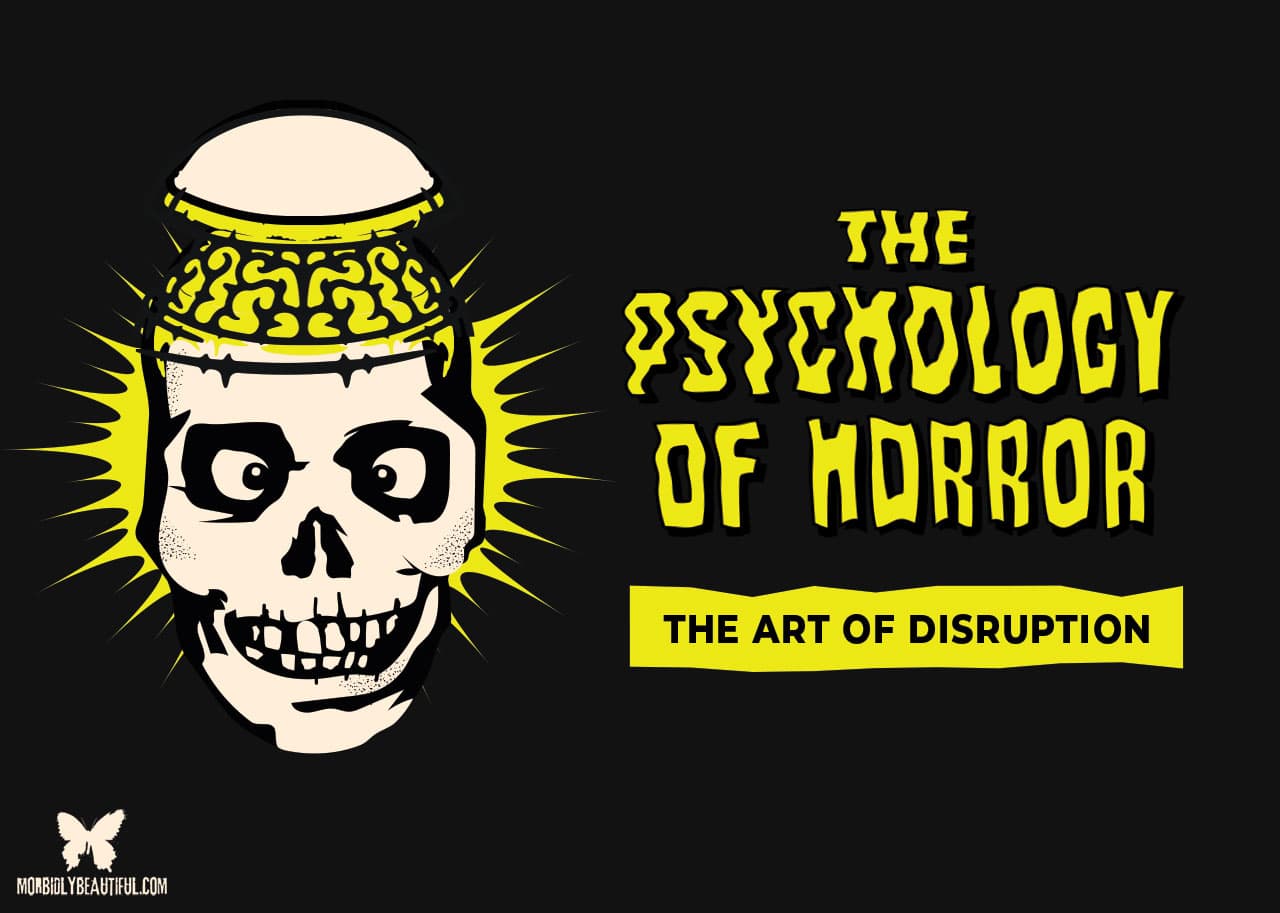
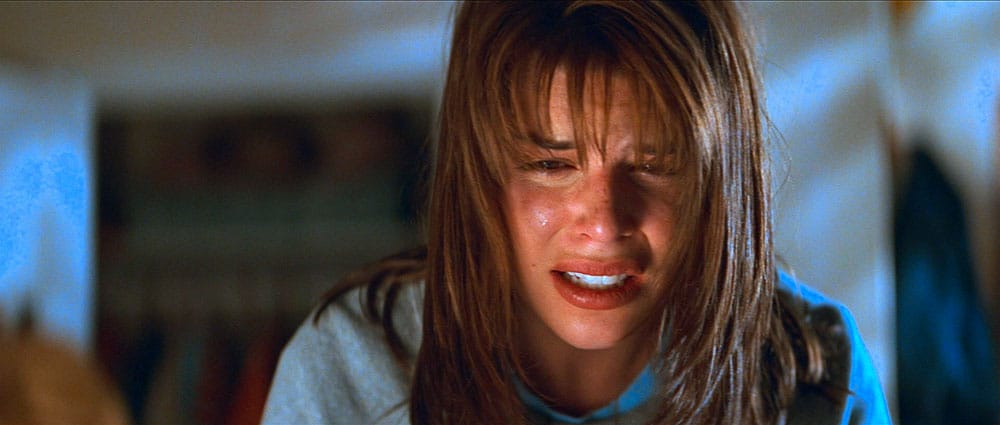
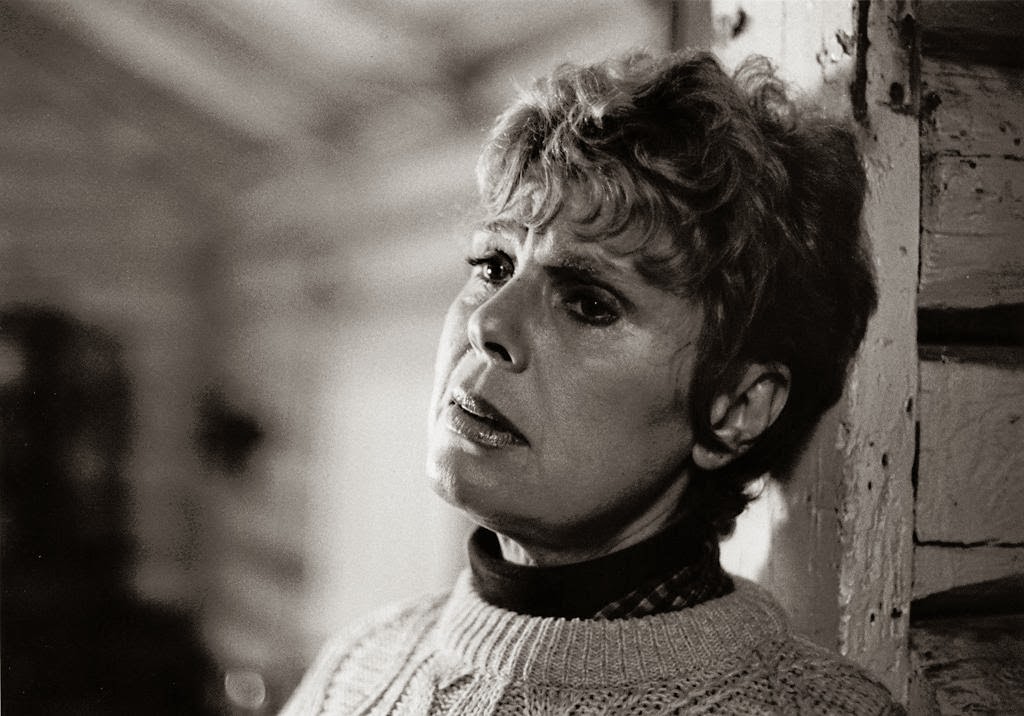
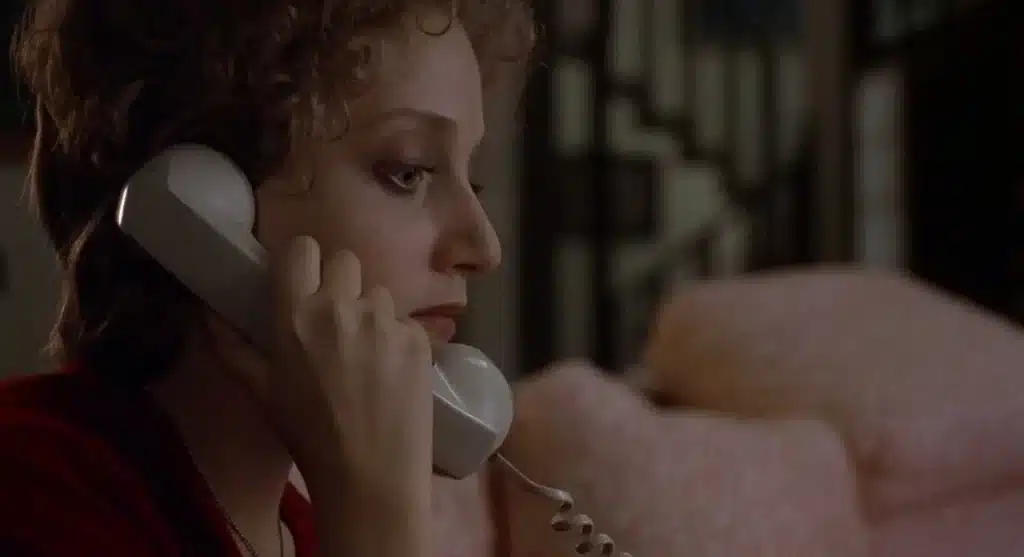
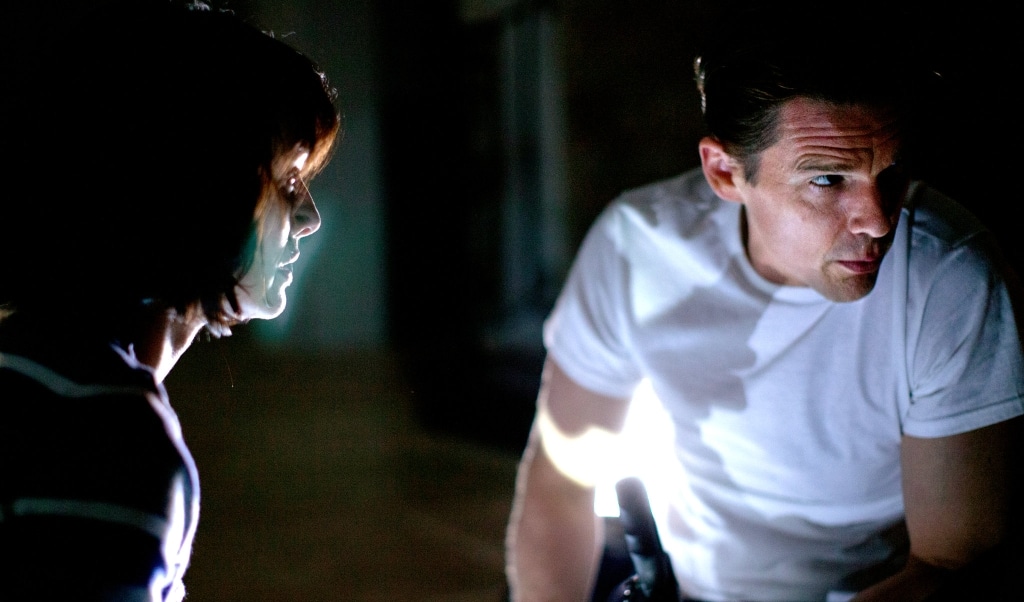
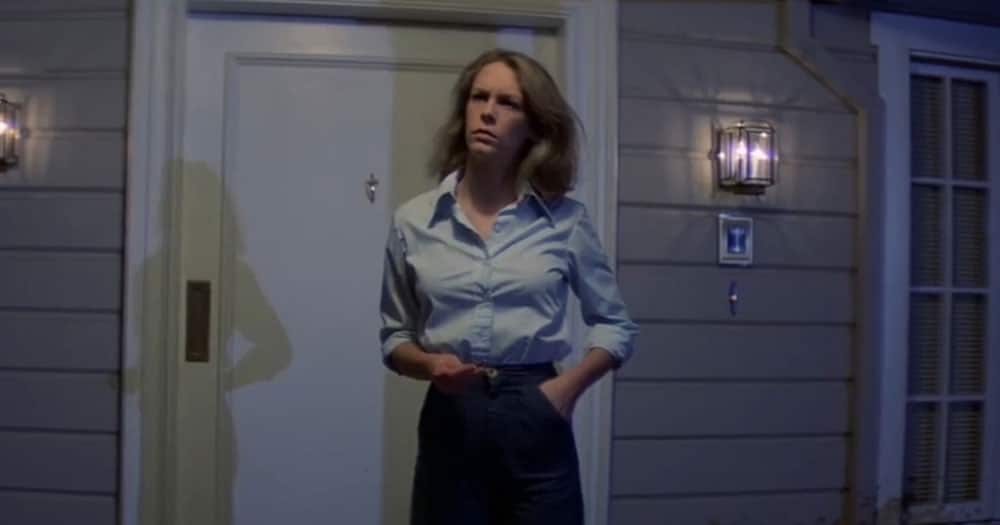

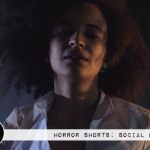

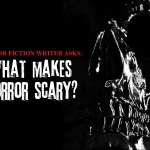








Follow Us!